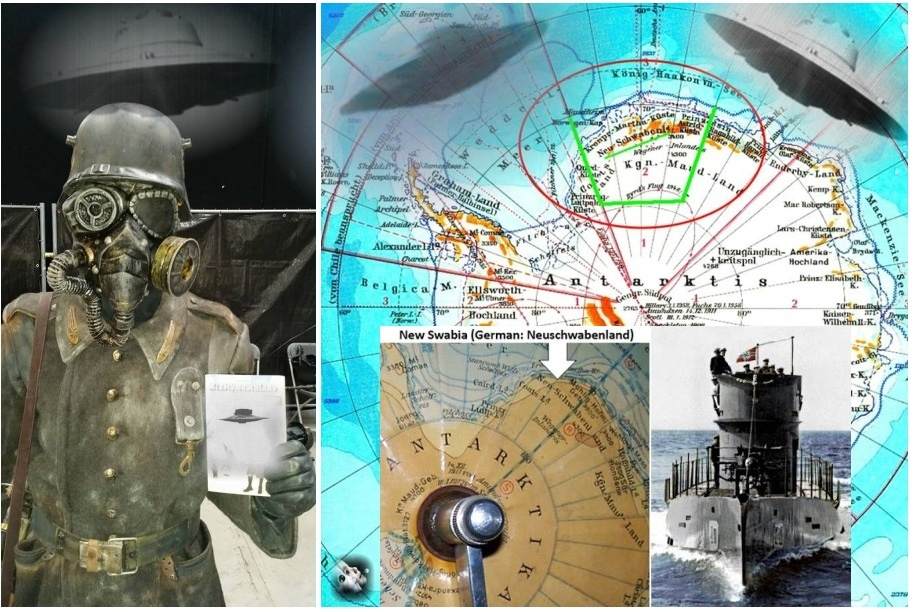Enjoy 14 meteor showers this August 12/13.

Keep your eyes to the sky and enjoy!
meteor showers in August, meteor showers peaking in August, what are the meteor showers in August, annual meteor shower august
14 meteor showers peak in August, with the major Perseids peaking on August 12/13.
Southern Iota Aquariids Meteor Shower
The Southern Iota Aquariids meteor shower takes place within the boundaries constellation of Aquarius.
The meteor shower occurs between July 1 – September 18 and peaks on August 6/7 every year.
The closest star to the radiant point of the meteor shower is Iota Aquarii.

ta Eridanids Meteor Shower
The Eta Eridanids meteor shower takes place within the boundaries constellation of Eridanus between August 3 – 14 with its peak occurring on August 9 every year.
The closest star to the radiant point of the meteor shower is Azha
You may be able to see up to 6 meteor fireballs during the peak flying throught the atmosphere at a speed of 65 km/s.
The likely source of the meteor shower is Comet Chacornac, although some believe it may also be Comet Pons-Gambart.
The meteor shower is best seen in the southern hemisphere, although the northern hemisphere could also get an amazing show.
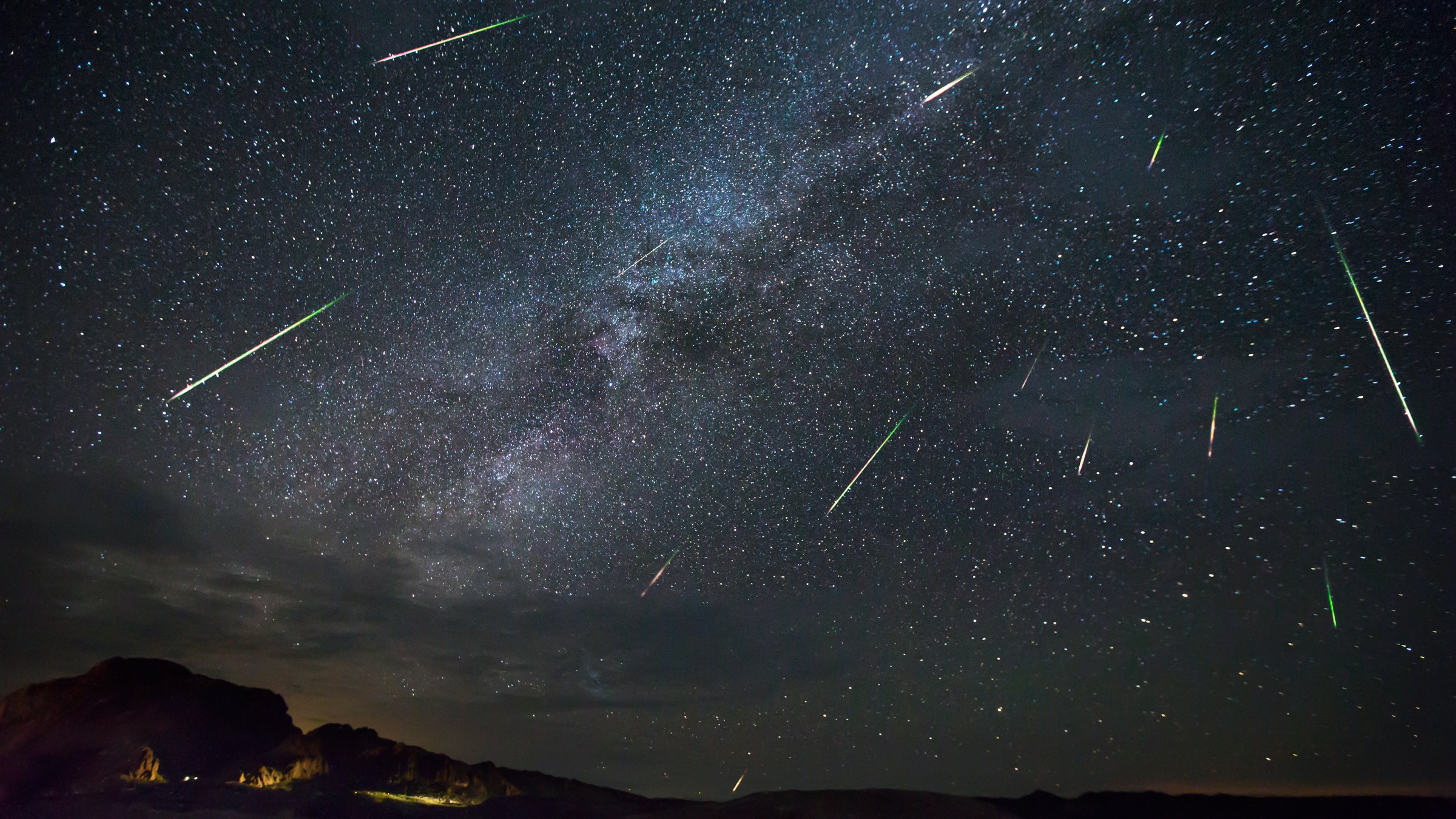
August Omicron Cetids Meteor Shower
The annual August Omicron Cetids meteor shower takes place on August 10 within the boundaries constellation of Cetus and the closest star to the radiant point is Mira (Right Ascension: 29.8 and Declination: -0.1).
Do not expect seeing lots of meteors but big ones flying at a speed of 66 km/s across the sky. Awesome!
August Nu Aquariids Meteor Shower
The annual August Nu Aquariids meteor shower takes place on August 12 within the boundaries constellation of Aquarius. Agin (see above).
The closest star to the radiant point is Nu Aquarii or Right Ascension: 318.1 and Declination: -12.2.
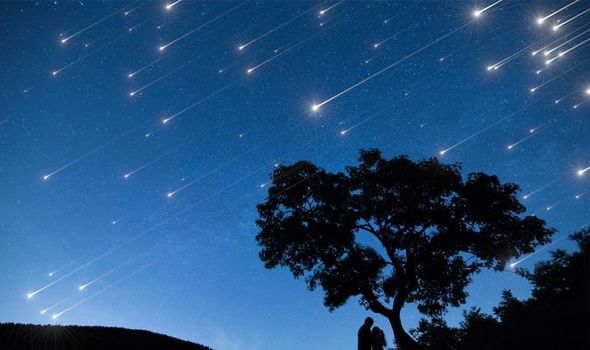
The source of the meteor shower is Comet 72P/Denning-Fujikawa and fragments are disintegrating at a speed of 21 km/s.
Perseids Meteor Shower
The Perseids meteor shower takes place within the boundaries constellation of Perseus between July 23-August 22 and peaking on August 12-13 every year.
During the MAJOR shower, about 100 bright to very bright meteors are expected per hour with a speed of approximately 59 km/s.
The Radiant Point location is Miram near the border with Cassiopeia. Coordinates are Right Ascension: 48.2 and Declination: 58.1.
The Perseids are associated with Comet Swift-Tuttle, taking 133 years to complete its orbit.
Perseids are better seen in the northern hemisphere. The meteor shower should be visible as soon as it gets dark in the northern hemisphere. The radiant point will get higher in the sky over the course of the night.
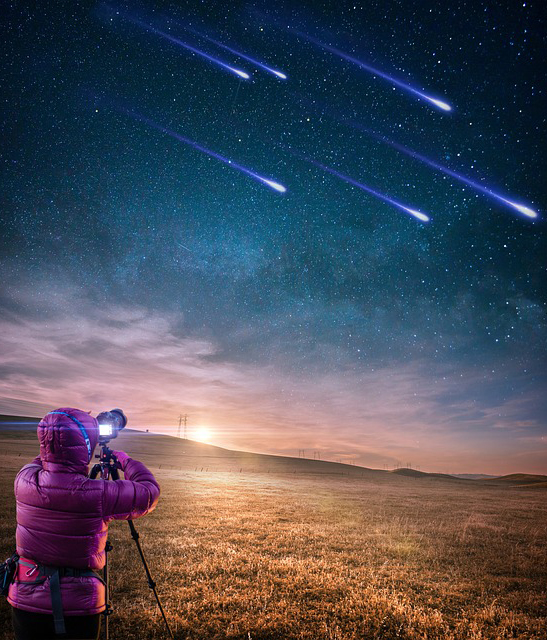
In contrast, in the southern hemisphere, the radiant point barely reaches the horizon in Sydney. So to have the chance to spot a few bolides, you should move north (Darwin or so). If you get there, the best time to look for falling stars is around 6am on August 13.
Delta Librids Meteor Shower
The annual Delta Librids meteor shower takes place on August 14 within the boundaries constellation of Libra with its closest star being Delta Librae (Right Ascension: 234.5 and Declination: -2.5).
The source of the meteor shower is believed to be Asteroid 2003 MU and most meteors have a speed of 7 km/s.
Kappa Cygnids Meteor Shower
The Kappa Cygnids meteor shower takes place within the boundaries constellation of Cygnus between Aug 03 – Aug 25 and peaks on August 17 every year.
The name of the meteor shower comes from the fact that the radiant point is close to Kappa Cygni (Right Ascension: 277.5 and Declination:52.8).

The source of the meteor shower is Comet 45P/Honda-Mrkos-Pajdusakova and the meteor fly with a speed of 22 km/s
Daytime Gamma Leonids Meteor Shower
The Daytime Gamma Leonids meteor shower takes place within the boundaries of the constellation of Leo on August 22 every year.
The closest star to the radiant point is Algieba with the following coordinates (Right Ascension: 139.9 and Declination: 12.4).
The source of the meteor shower is believed to be Asteroid 1999 RD32 with particule speed of 20 km/s.
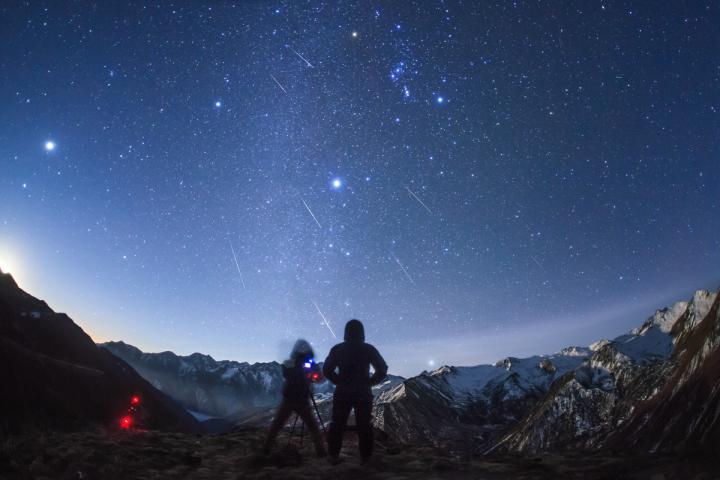
Eta Serpentids Meteor Shower
The Eta Serpentids meteor shower takes place every year on Ausgust 24 within the boundaries constellation of Serpens.
The closest star to the radiant point is Eta Serpentis with coordinates (Right Ascension: 287.7 and Declination: -3.7).
The source of the meteor shower is believed to be Asteroid 2000 QS7 and the meteor fireballs are expected to reach 9 km/s.
Northern Iota Aquariids Meteor Shower
The Northern Iota Aquariids takes place within the boundaries of the constellation of Aquarius. The meteor shower occurs between August 11 and September 10 with a peak on August 25/26 every year.
The closest star to the radiant point of the meteor shower is Iota Aquarii with coordinates: Right Ascension (346.7) and Declination (-1.2).,
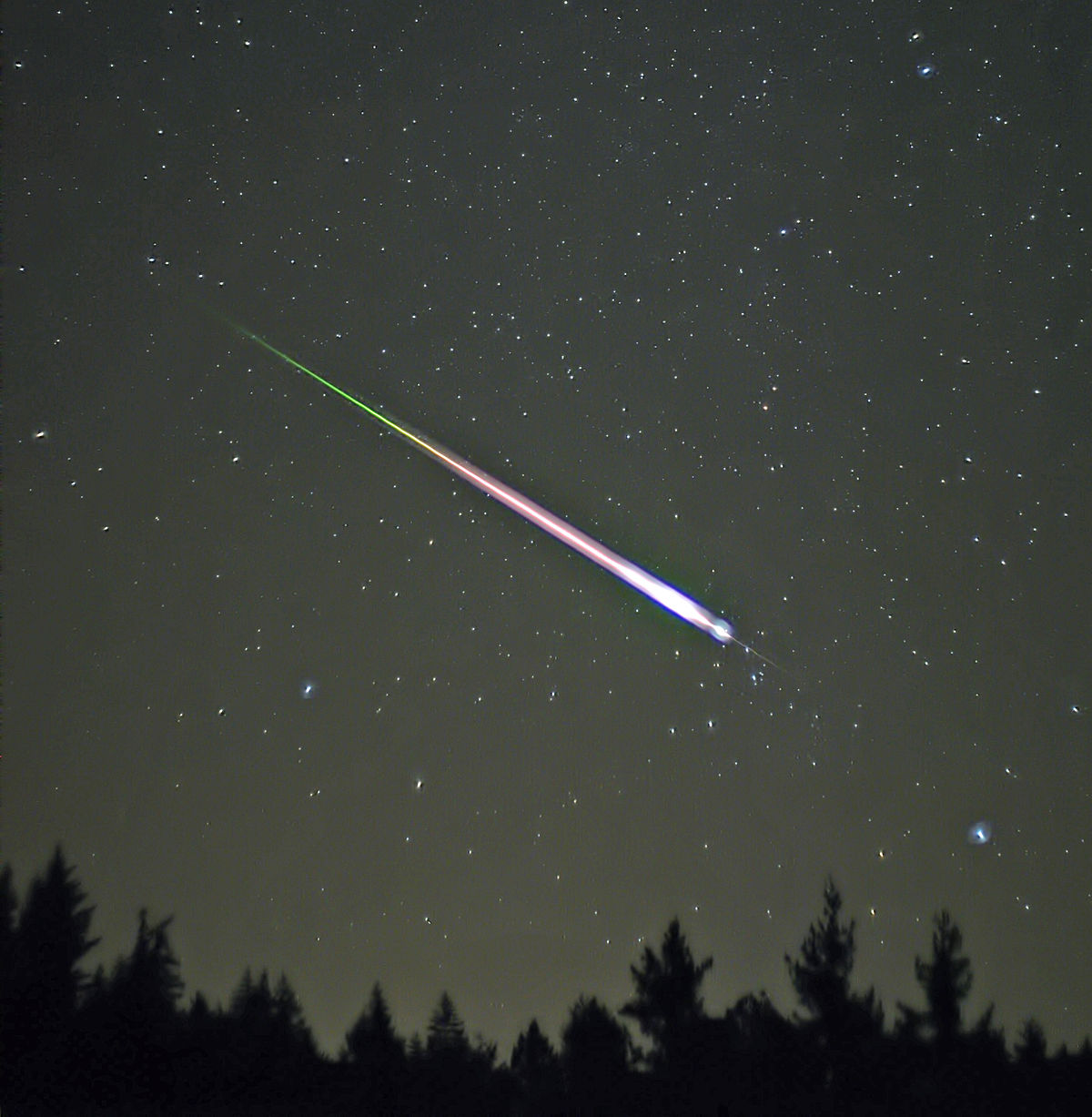
If you see a meteor than its speed should be around 31 km/s.
Gamma Leonids Meteor Shower
The Gamma Leonids meteor shower takes place within the boundaries of the constellation of Leo between August 14 and September 12, with a peak on August 25/26 every year.
The closest star to the radiant point of the meteor shower is Algieba (Right Ascension: 10 and Declination: 20.
Daytime Chi Leonids Meteor Shower
The Daytime Chi Leonids meteor shower takes place within the boundaries of the constellation of Leo. The meteor shower peaks on the 27th August.
Gamma Doradids Meteor Shower
The Gamma Doradids meteor shower takes place within the boundaries of the constellation of Dorado between August 27 and September 3 and peaks on August 28 every year.
The coordinates of the radiant point are Right Ascension (61.2) and Declination (-50.2).
You can expect up to 5 meteors per hour with a speed of 40 km/s.
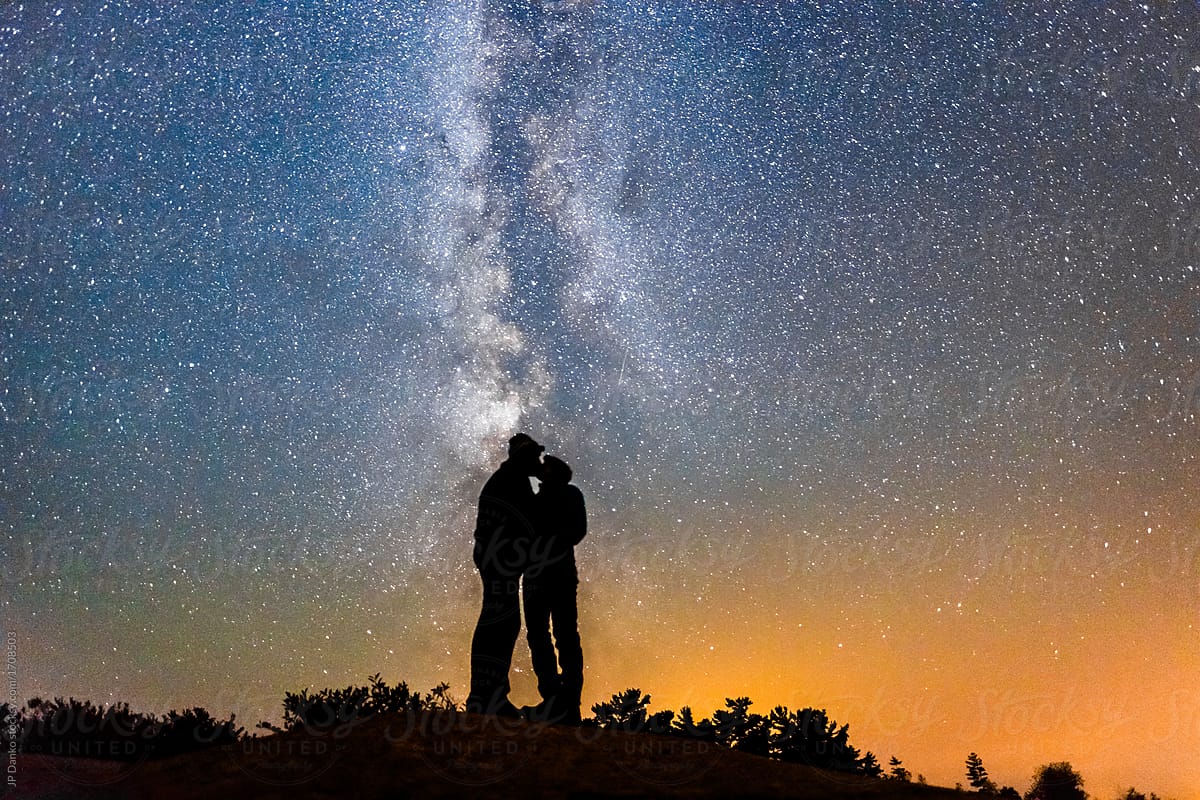
source:https://meteorshowertonight.org/meteor-showers-august-perseids/







